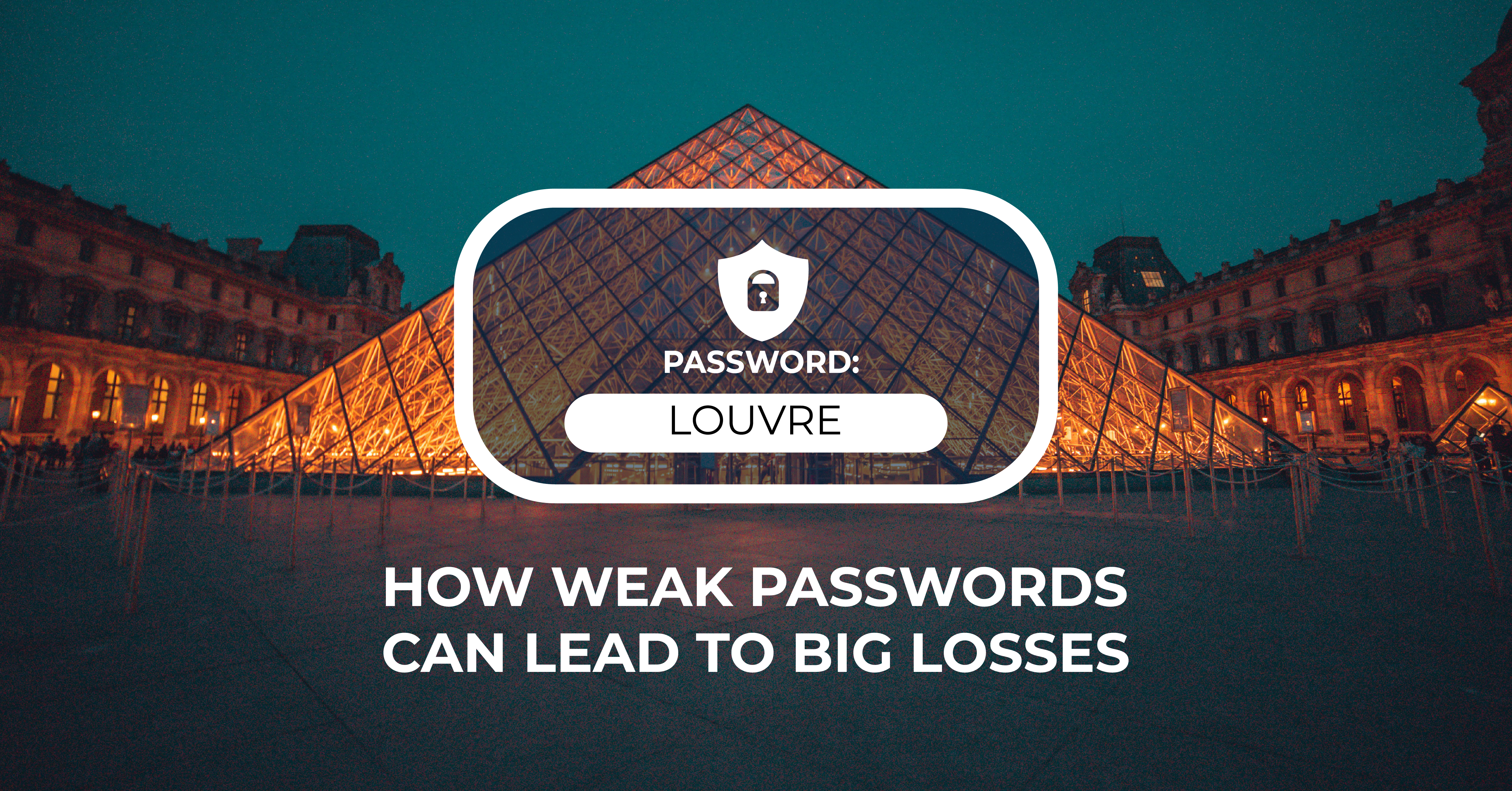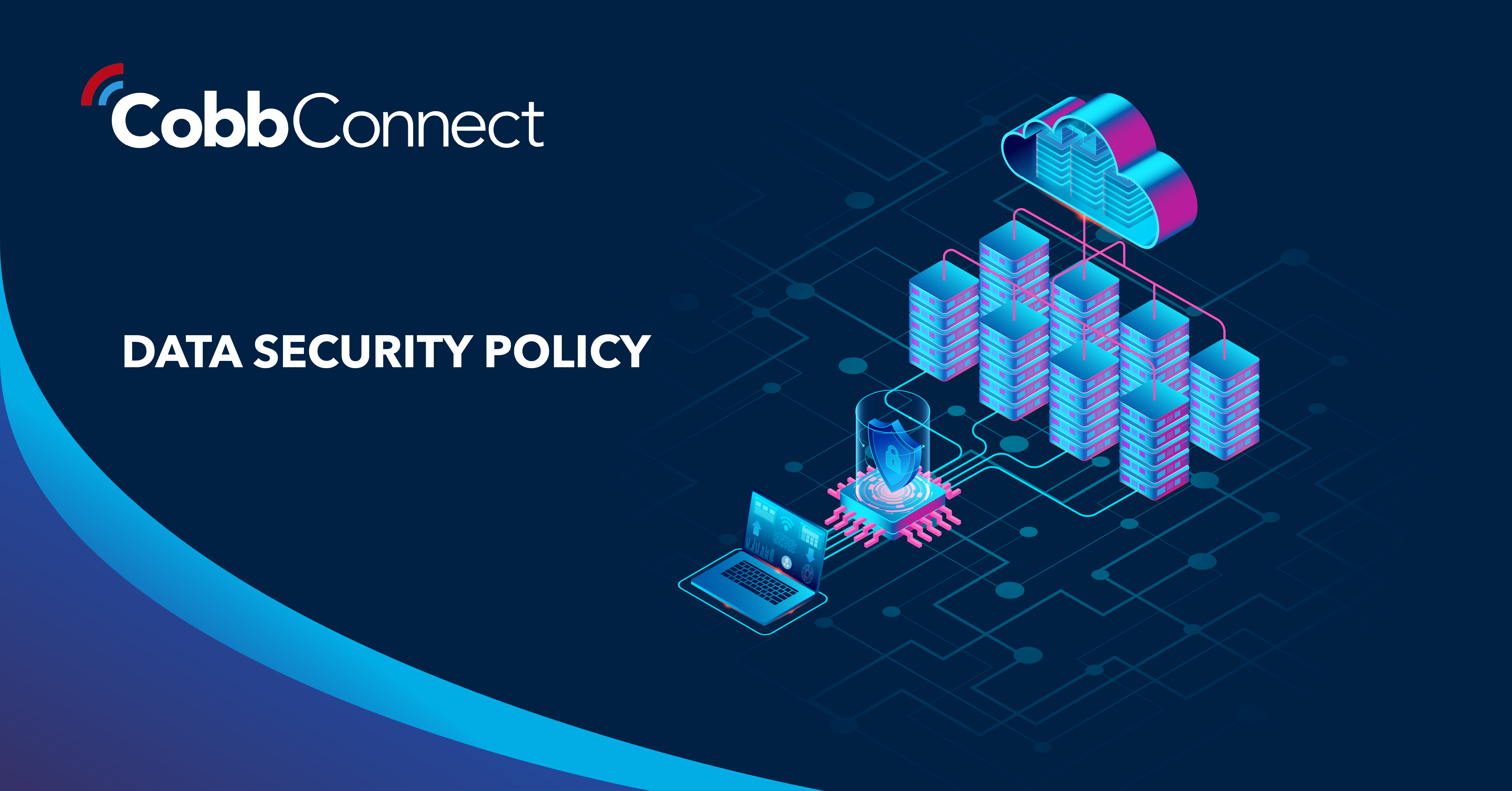2 min read
We “LOUVRE” Strong Passwords: How a Weak Password Can Lead to Big Losses
The Louvre’s password became the punchline of a global story after a heist revealed major security concerns for the museum. Reports say the password...

In today’s digital-first workplace, your network is more than just a connection point; it’s the foundation of your operations. Whether your business is small, scaling, or enterprise-sized, a strong network security setup is nonnegotiable. Without it, sensitive data, employee activity, and daily operations are all left exposed to rising cyber threats. At Cobb, we’ve seen firsthand how the right setup not only strengthens cybersecurity but also unlocks smoother workflows, safer collaboration, and long-term peace of mind.
Cyberattacks don’t discriminate by size anymore. According to a 2024 report by IBM, “the average global breach cost has reached USD 4.88 million” (1). Even more concerning, “43% of cyberattacks target small businesses” (2), many of which are underprepared. Implementing a comprehensive network security policy defends your business from malware, ransomware, phishing, insider threats, and unauthorized access. Most importantly, it protects uptime, data integrity, and customer trust.
For organizations in regulated industries, such as healthcare or government contracting, network security is also about meeting compliance standards like HIPAA and CMMC. These frameworks require strict safeguards for sensitive data, and failing to comply can lead to costly fines, loss of contracts, or reputational harm. A well-structured security plan not only prevents breaches but also helps you stay compliant with industry-specific regulations. Visit our Learning Center for more information on CMMC and HIPAA compliance.
A secure network isn’t a single solution; it’s a layered strategy. The following core elements work together to build a resilient cybersecurity framework:

These components reduce vulnerabilities and ensure your network remains secure and responsive as your business scales.
Creating a secure network starts with an honest evaluation of your current system. Do you have outdated hardware or software? Are remote workers connecting from unsecured devices? Is your network segmented properly? These questions form the basis of a strong network security policy.
From there, build a layered security plan that balances ease of use and protection. For example, implementing two-factor authentication is a simple upgrade that dramatically reduces the risk of account compromise. Using strong encryption standards (like AES 256) and keeping firmware updated protects data, even in transit. For businesses handling sensitive records, secure document management tools are essential for both productivity and protection.
A secure network isn’t a one-and-done job; it requires consistent attention. Regular audits, real-time monitoring, and frequent penetration testing are critical to staying ahead of evolving threats. Businesses often overlook endpoints such as printers, phones, and other devices that can serve as entry points for cybercriminals. If you're managing large volumes of records or transitioning away from paper-heavy processes, it’s worth exploring how document workflow management tools can support both productivity and security. With cloud services on the rise for their ease of use and accessibility, automation for your business’s system processes is imperative, allowing your tech to assist you in keeping your network protected and improving office productivity. Learn more about how these systems improve office efficiency.
Whether you manage IT internally or rely on external support, the goal should be continuous improvement and a fast response to threats.
Neglecting your network security can lead to costly disruptions: downtime, compliance failures, data leaks, and damaged reputation. As cloud adoption and hybrid work expand, your cybersecurity plan must grow alongside them. A proactive approach to securing your network protects your people, your data, and your future.
Network security is a critical business necessity. If your system hasn’t had a security review lately, it’s time to prioritize it. Cobb Connect helps businesses secure their infrastructure with scalable solutions that match how today’s teams work. Visit our Cobb Connect page and see how we can turn your network into a powerful business asset.
Works Cited:
Share:

2 min read
The Louvre’s password became the punchline of a global story after a heist revealed major security concerns for the museum. Reports say the password...

6 min read
Organizations of all sizes handle enormous volumes of data. Data is one of the most valuable assets of any organization.Unfortunately, it’s also a...

5 min read
In today’s digital-first workplace, your network is more than just a connection point; it’s the foundation of your operations. Whether your...